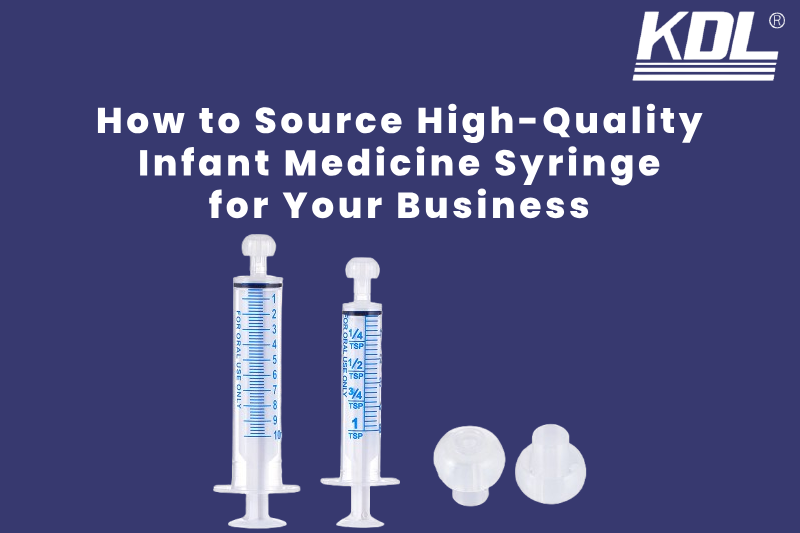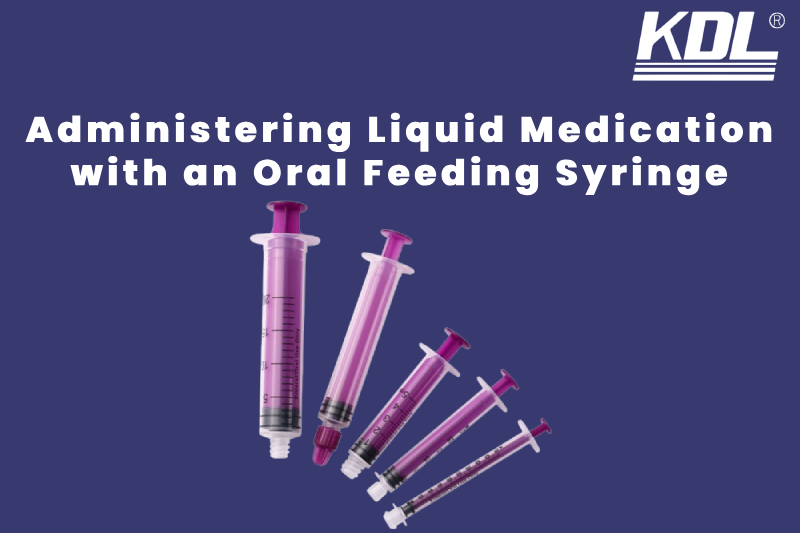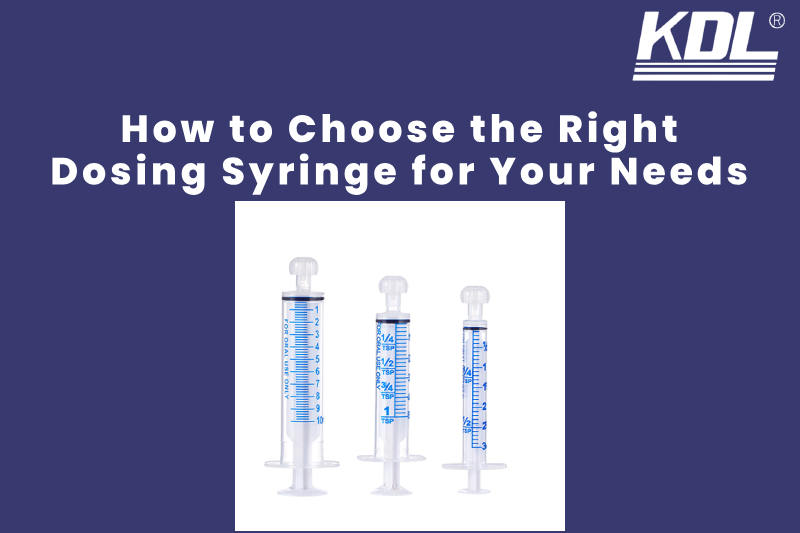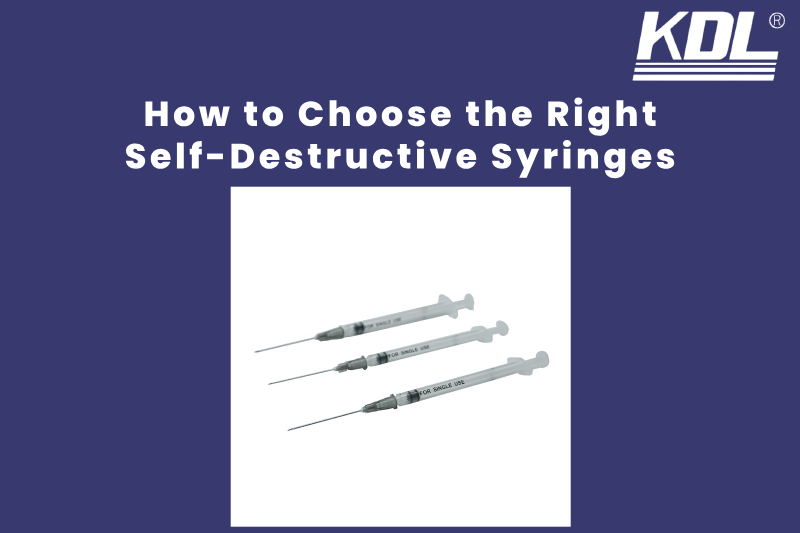
Infant medicine syringe is essential tools for accurately administering liquid medication to babies. For businesses in the healthcare or baby product industry, sourcing high-quality syringes ensures safety, precision, and customer satisfaction. But with numerous suppliers available, how do you find the best option?
This guide will walk you through the key features of high-quality infant medicine syringes, compare different types, and provide tips on sourcing the best products for your business.
What is Infant Medicine Syringe?
Infant medicine syringes are specially designed tools for accurately measuring and administering liquid medication to infants and young children. These syringes help caregivers and healthcare professionals ensure proper dosage without the risk of choking or incorrect measurement.
Why Quality Matters in Infant Medicine Syringe
High-quality infant medicine syringes are essential because:
- Safety is paramount: Poor-quality syringes may contain harmful materials or have inaccurate markings.
- Accuracy in dosage: Infants require precise medication dosages, and an inaccurate syringe can lead to under- or overdosing.
- Ease of use: Syringes should be user-friendly for caregivers and healthcare professionals.
- Regulatory compliance: Medical-grade syringes should meet strict industry standards for safety and performance.
Key Features of High-Quality Infant Medicine Syringe
When sourcing infant medicine syringes, consider the following factors:
1. Material Quality
- Ensure syringes are made from BPA-free plastic, food-grade silicone, and latex-free materials.
- Look for durable, non-toxic options that comply with medical safety standards.
2. Measurement Accuracy
- Syringes should have clear, easy-to-read measurement markings.
- Precision dosing is crucial to prevent medication errors.
3. Ease of Use
- Ergonomic design that allows parents and caregivers to administer medicine smoothly.
- Plunger resistance should be moderate – too loose can lead to spills, while too tight can be difficult to press.
4. Safety Features
- Soft tips to prevent injury to infants.
- Anti-choking designs and spill-proof caps for added safety.
- Secure attachment points to ensure accurate dosing without leaks.
Comparing Different Types of Infant Medicine Syringes
Choosing the right type of syringe depends on usability, accuracy, and customer preference.
1. Standard Oral Syringes
- Pros: Affordable, widely available, provides precise measurement.
- Cons: Requires careful administration to prevent spills.
2. Syringes with Pacifier or Nipple Attachments
- Pros: Mimics natural feeding, reduces spillage, increases compliance.
- Cons: Higher cost compared to standard syringes.
3. Dosing Spoons vs. Syringes
- Dosing spoons are sometimes preferred for thicker liquids but lack precision.
- Medicine syringes are ideal for accurate dosing and ease of administration.
How to Choose a Reliable Supplier for Infant Medicine Syringe
1. Look for Certifications & Compliance
Ensure that the syringes meet safety and quality standards such as:
- FDA (Food and Drug Administration) approval
- CE (Conformité Européenne) marking
- ISO (International Organization for Standardization) compliance
2. Assess Material Quality & Manufacturing Standards
- A good supplier should provide syringes made of medical-grade, BPA-free, and non-toxic plastic.
- The manufacturing process should include rigorous quality control checks.
3. Consider Bulk Pricing & Order Flexibility
- Compare prices from multiple suppliers to get the best bulk rates.
- Look for syringe manufacturer and supplier that offer flexible minimum order quantities (MOQs).
- Negotiate deals for long-term partnerships to secure better pricing.
4. Check Customer Reviews & Supplier Reputation
Before placing an order, research customer feedback on the supplier. Look for factors like:
- Product quality and consistency
- Delivery reliability
- Customer service and return policies
5. Evaluate Shipping, Packaging, and Sustainability Considerations
- Ensure packaging maintains sterility and prevents damage during transit.
- Opt for eco-friendly materials where possible to appeal to environmentally conscious consumers.
Why Choose KDL as Trusted Manufacturer and Supplier of infant medicine syringe
KDL is a leading manufacturer and supplier of infant medicine syringes, known for:
- Industry expertise – 19+ Years of experience in producing medical-grade syringes.
- Regulatory compliance – Meeting international safety standards (FDA, CE, ISO certifications).
- Product variety – Offering a range of syringe designs to suit different business needs.
How to Partner with KDL for Bulk Orders
- Reach out to KDL’s sales team – Discuss your requirements and get a quote.
- Select your syringe type and customization options – Choose from different sizes and tips.
- Place a bulk order – Benefit from wholesale pricing and fast shipping.
- Receive ongoing support – We provides excellent customer service and quality assurance.
Conclusion
Sourcing high-quality infant medicine syringes requires careful consideration of safety features, accuracy, supplier reliability, and market demand. By choosing the right products and working with trustworthy suppliers, businesses can ensure they provide safe and effective solutions for parents and caregivers.
By following these guidelines, your business can confidently stock and sell infant medicine syringes that meet high standards and gain customer trust.
Looking for a reliable infant medicine syringe supplier? Contact us today to discuss your infant medicine syringe needs and place a bulk order.
 +86-791-8686-1216
+86-791-8686-1216 










